As parents I think we can all agree the idea of spending long days with the family at the beach or by the lake, running in and out of the water, playing in the waves, maybe going for a surf or exploring the area on a paddle board is very attractive.
However, I can definitely speak from experience when I say that that idyllic image is not how it always works out. In reality there is plenty of arguing over who gets what bit of kit and complaints about the cold or where the nearest toilet is. There are a lot of factors that will make or break a family outing, so it is important to get the equipment right. Otherwise what is meant to be a fun family time can turn into a stressful day for everyone.
So here are our top tips on how to make sure that you can focus on making memories while letting the right equipment do the work to keep your kids happy.
It all starts with the right wetsuit.
Which Kids Wetsuit?
In short there are 3 different types of kids wetsuits to consider for the warmer months or what we might call the ‘core season’ which would be say April to October in Ireland. There are of course many more options, but we’ll focus on these to give you a useful overview.
5mm full length wetsuits
This should be your go-to, all year round wetsuit. If your kids spend a lot of time in the water, I wouldn’t consider anything else as it just won’t give them the same level of fun.
If your kids are into surfing, where they spend a lot of time sitting in the water and waiting for the right wave, this is definitely what we would recommend. A thinner wetsuit won’t perform as well and being warm is key to staying in the water longer.
Is it ever too warm? In all likelihood no. If it’s a really hot, windless day, it might be time to ditch the wetsuit altogether, or if you feel your child is getting too hot, ask them to open the wetsuit and let some water into it. That should normally sort any heat issues out.
Our two most popular 5mm wetsuits are the O’Neill Epic back zip and the Rip Curl Omega. For casual use, our O’Neill Reactor 5/3 would be a good option, too.
3mm full length wetsuits
If you are in the water mostly say between June and August, then a full length 3/2 wetsuit can be a good option for beach days, bodyboarding in shallow water, paddle boarding and for windsports.
It covers arms and legs which is great for UV protection and to protect against wind chill. 3/2 wetsuits are often easier to get in and out of than thicker versions and we also stock models that have a zip on the ankle to make it even easier.
These would also be handy for holidays where the air and water temperatures are warmer, but your kids need protection from the sun and equipment, like when they are surfing in the Canaries or Portugal.
Our most popular 3/2 wetsuit is the O’Neill Reactor.
Shorty Wetsuits
There is a place and a time for these, although in the Irish climate those will be few and far between. During the height of summer if you are looking for an inexpensive option for some quick fun on the water, a shorty will serve the purpose. Some kids also don’t like getting in and out of full length wetsuits or they don’t feel the cold as much and prefer an option where they are not covered head to toe in neoprene. In terms of warmth, they don’t compete with full length wetsuits and they also don’t offer protection from the sun for arms and legs. So extra sunscreen in those places is needed.
Shorty wetsuits are great for holidays in warmer climates!
The O’Neill Reactor Shorty and Jobe Boston shorty are models that we are fans of.
Does quality matter?
Of course we would have to say yes to that. It will determine how comfortable your kids are and how much time they spend in the water. A good quality wetsuit will last longer meaning you will get more bang for your buck.
So what is the difference between the kind of wetsuits we sell from brands like O’Neill, Rip Curl or Jobe and the beach suits you can buy in supermarkets?
Soft neoprene
The wetsuits you can find in supermarkets or chain stores are often made with very basic neoprene. As a rule, higher grade neoprene will be more flexible, stretchier and fit you better. Lower grade neoprene will be harder and less comfortable to wear. All our kid’s wetsuits use super soft neoprene to make them as easy as possible to wear for long stretches of time.
Strategic seam placement
This seems like common sense, but when you look closer at beach suits that are not made with performance in mind, you can often find seams placed in areas that will chafe and be uncomfortable like under the arms and in the hip/crotch area of a suit. Why, you ask? Because it is an easier pattern to sew and therefore cheaper to produce. That’s a big no-no and something that none of the brands we sell would do. Our wetsuits are free from such inconveniently placed seams.
The best fit
We sell kids wetsuits in all sizes from age 1 upwards. Different brands offer different fitting wetsuits and we make sure to cover the full range so we have the perfect fit for your kids. They all are designed for maximum warmth, performance and comfort so you and your kids don’t have to worry about any of that and can just enjoy your time off together.
This brings us to the next question.
How should the wetsuit fit?
One of the great dilemmas with neoprene items for children is that they will work best when they are skin tight, which means children grow out of them quickly and some also might not like that feeling.
So it’s all about finding the right balance. Anyone who is serious about watersports and wants to be warm no matter the weather will need a very well fitting wetsuit, i.e. one that is tight everywhere. That doesn’t mean that if you only spend a few days a year in the water while on your holidays or maybe on weekends during the summer you can get away with a poor fitting wetsuit. This becomes even more important if you choose a summer thickness wetsuit or even a shorty.
Imagine a shorty wetsuit with big gaps around the core and a loose fit around the arms and legs. The water will just run right through and will have no chance to warm up, so rather than offering thermal protection it’s just an ill-fitting piece of clothing.
A full length winter wetsuit with 5mm thickness, even when it doesn’t fit well, will offer more thermal protection, although the best would be to find a balance between some room to grow and offering a good level of warmth.
Too loose is worse than too short
The most important area for the wetsuit to be tight is the core. It should also be tight on the ankles, wrist and neck so water doesn’t gush in everywhere.
If a wetsuit fits well around the body but is slightly too short in the arms and legs, then this would be less of an issue than the other way round.
Are sizes the same as clothes sizes?
As a general rule, manufacturers’ sizes are just numbers and can vary greatly. They don’t necessarily correspond to clothes sizing. We would always recommend not to automatically buy by age, but to check the size chart first. All our wetsuits have size charts on the product pages. The best would be to come into the shop and find the perfect fit with the help of our team, but we also offer advice by email and over the phone if you are not based in Dublin.
Our recommendation
So in a nutshell, if we had to choose one wetsuit over the others we would go for a 5mm to get maximum warmth and comfort and therefore maximum time in the water and minimise the risk of unhappy kids at the beach. They are more expensive than the thinner alternatives, but they retain value better so you could sell them second hand or pass them on to younger kids or friends’ children.
If you are buying wetsuits on a budget, then a 3/2 full length wetsuit will be a good alternative for casual use in the summertime.
If you have any other questions, email us at shop@surfdock.com or call us on +353 1 668 3945 and we will be glad to help.


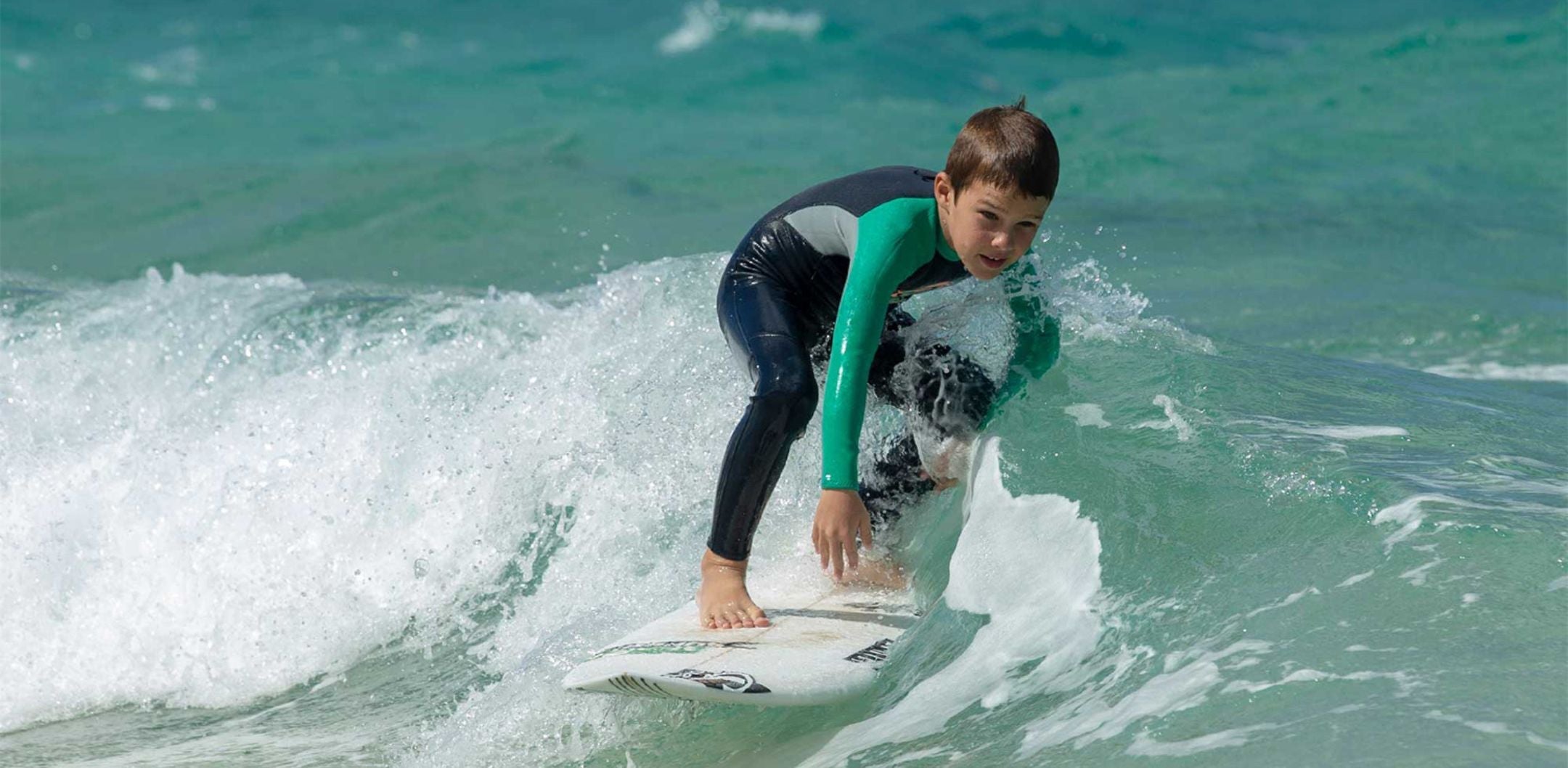
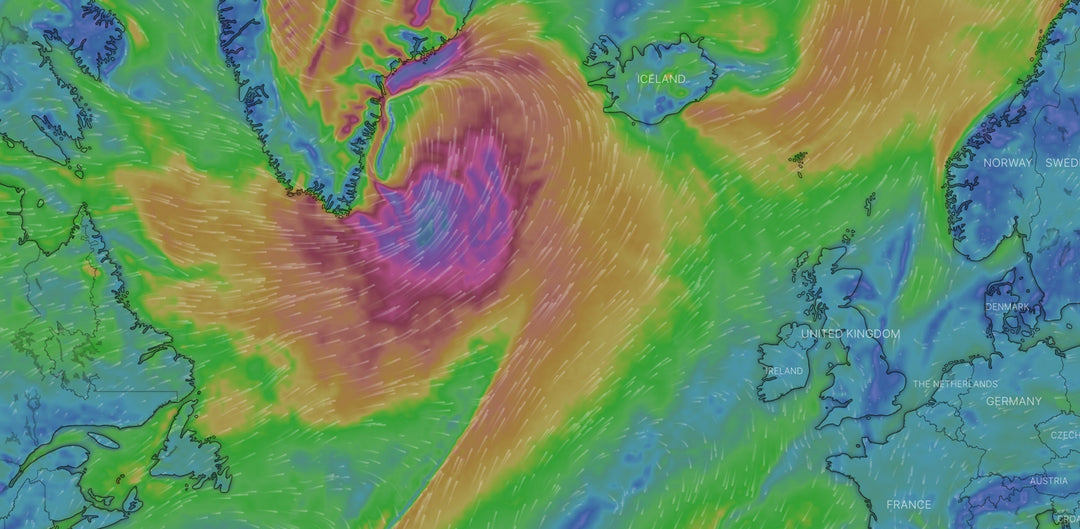
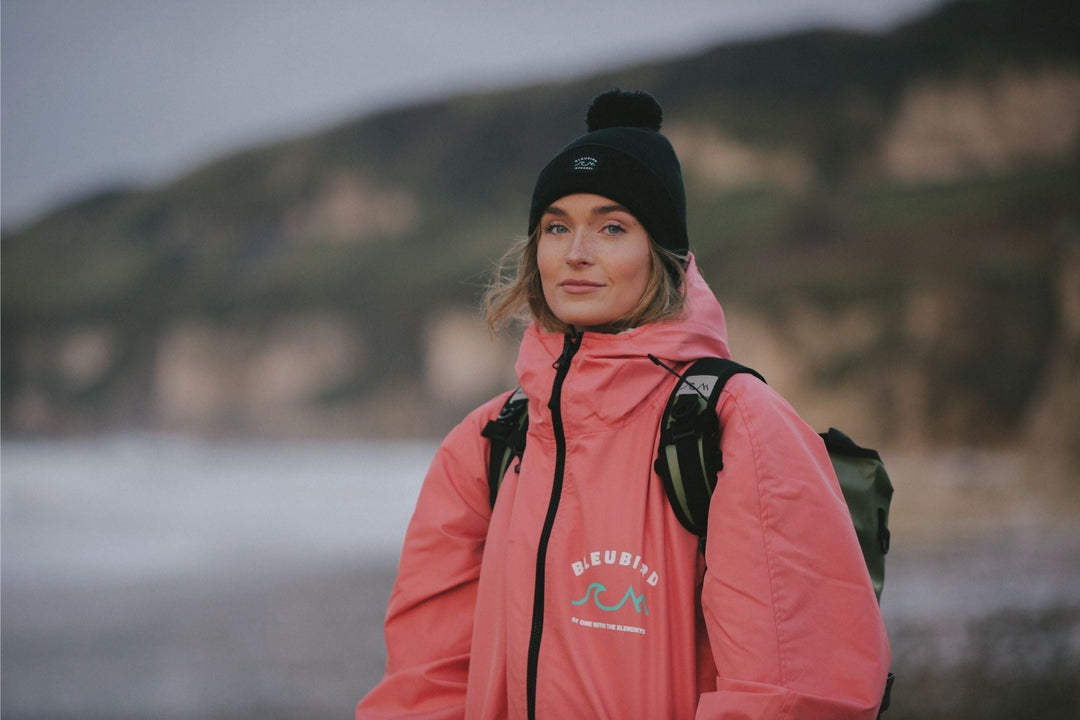
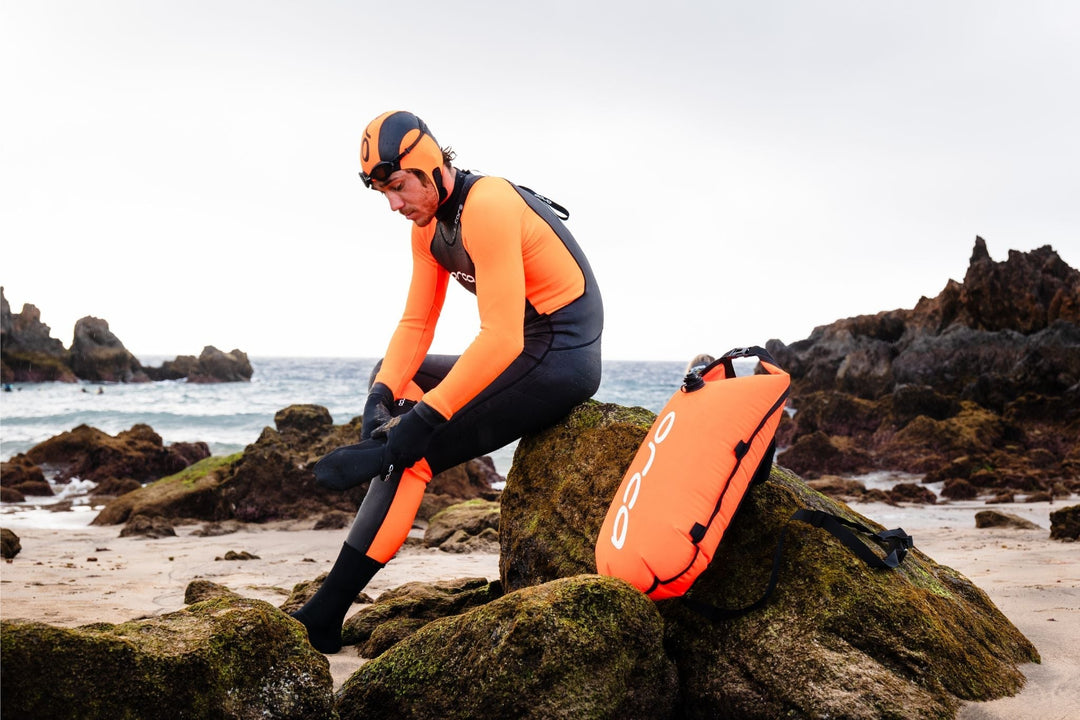
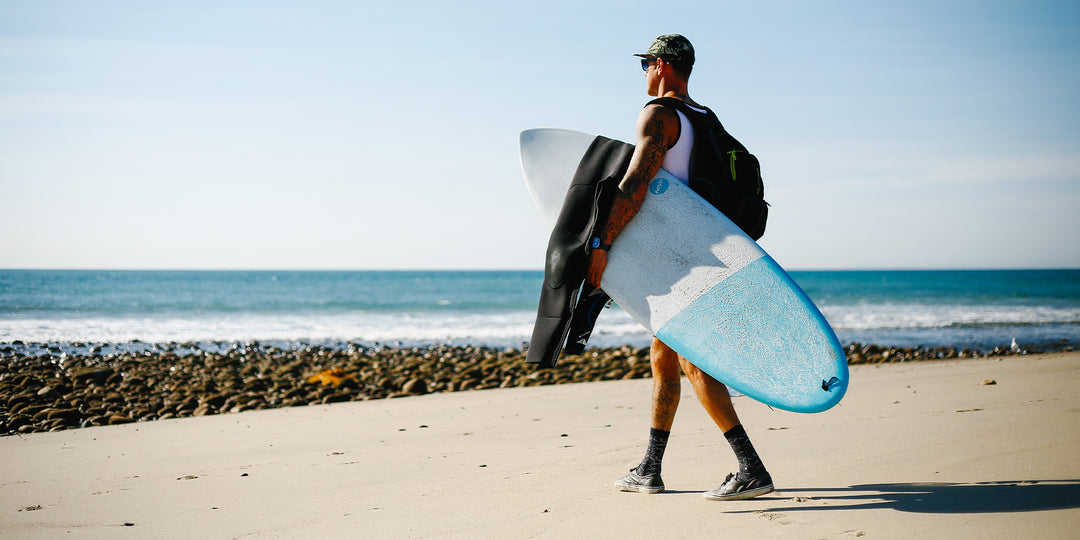


Leave a comment